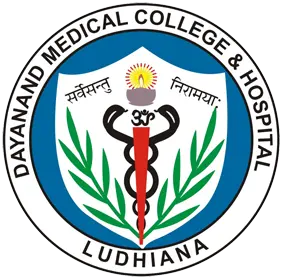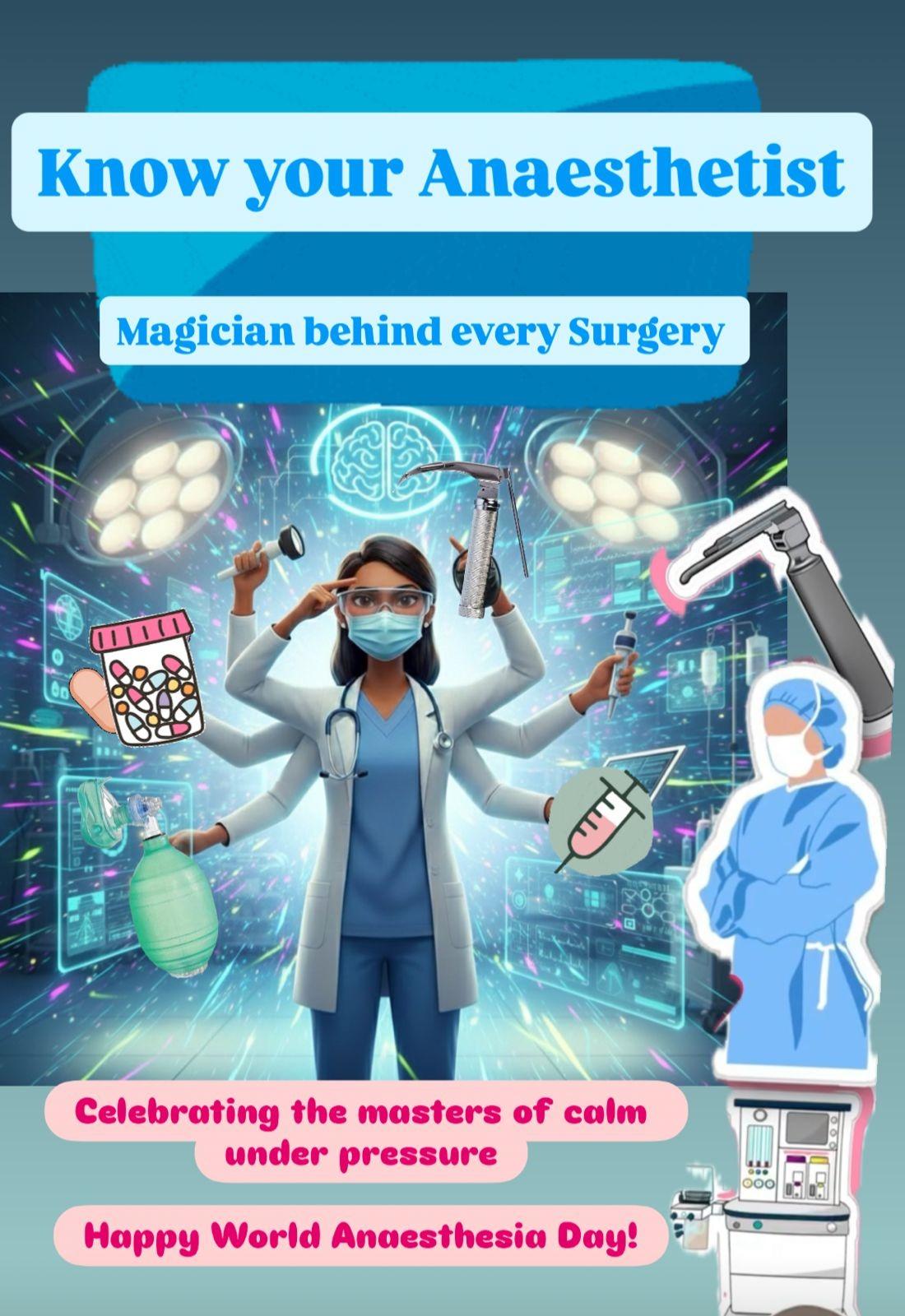World Anaesthesia Day
Every year on October 17, we celebrate World Anaesthesia Day — a day dedicated to honouring the doctors who make surgery safe, comfortable, and pain-free.
While surgeons perform miracles on the operating table, it’s the anaesthesiologists who quietly guard every heartbeat, every breath, and every life.
You may not always see them, but anaesthesiologists are always there — protecting every life.
They combine knowledge, skill, compassion, and courage to make every surgery safe and every recovery smoother.
1. Guardian of Life
Anaesthesiologists are the keepers of life during surgery.
They carefully monitor every heartbeat, breath, and vital sign, ensuring the body remains balanced and safe while under anaesthesia.
Their presence means that the surgeon can focus on the operation, knowing that the patient’s life is being watched over second by second.
From adjusting oxygen levels to managing blood pressure and temperature, anaesthesiologists are the invisible force that keeps the body in perfect harmony throughout surgery.
2. Relievers of Pain
Pain is one of humanity’s oldest fears — and anaesthesiologists are its greatest conquerors.
They help people experience freedom from pain, whether it’s during childbirth, after an injury, or in cancer care.
They design individualised pain management plans — using regional blocks, epidurals, or modern multimodal techniques — ensuring every patient receives comfort and relief.
Their expertise extends far beyond the operating room, offering chronic pain therapy and improving quality of life for those who suffer from long-term pain conditions.
3. Critical Care Specialist
In the Intensive Care Unit, anaesthesiologists serve as critical care warriors.
They manage ventilators, stabilize unstable patients, and coordinate life-saving interventions in emergencies like trauma, sepsis, or cardiac arrest.
They are trained to think quickly, stay calm, and act decisively under pressure.
In every code blue or critical situation, they are often the first ones to arrive and the last ones to leave — ensuring no life slips away without a fight.
4. Emergency Responder
In any medical crisis — be it trauma, cardiac arrest, or shock — anaesthesiologists are the first to respond and the last to give up.
They bring order to chaos, using their advanced resuscitation skills to stabilize patients in seconds.
Their quick judgment, steady hands, and calm demeanor often make the difference between life and death.
Whether inside the hospital or on the road during emergency transfers, they embody the spirit of courage and compassion in critical moments.
5. Perioperative Physician
An anaesthesiologist’s job begins long before the first incision and continues well after the last stitch.
They assess patients before surgery, optimise their health conditions, and plan the safest anaesthetic approach.
During surgery, they maintain stability and prevent complications.
Afterwards, they manage pain, recovery, and post-anaesthesia care.
This complete perioperative management ensures that each patient’s journey — from pre-op to recovery — is smooth, safe, and comfortable.
The Invisible Heroes of Every Operation !
So today, on World Anaesthesia Day, let’s salute these silent guardians of safe surgery — the compassionate experts who make every heartbeat, every breath, and every life matter.

Enter at least 2 characters...
Enter at least 2 characters...
Enter at least 2 characters...
Enter at least 2 characters...
Enter at least 2 characters...



.webp)


.webp)